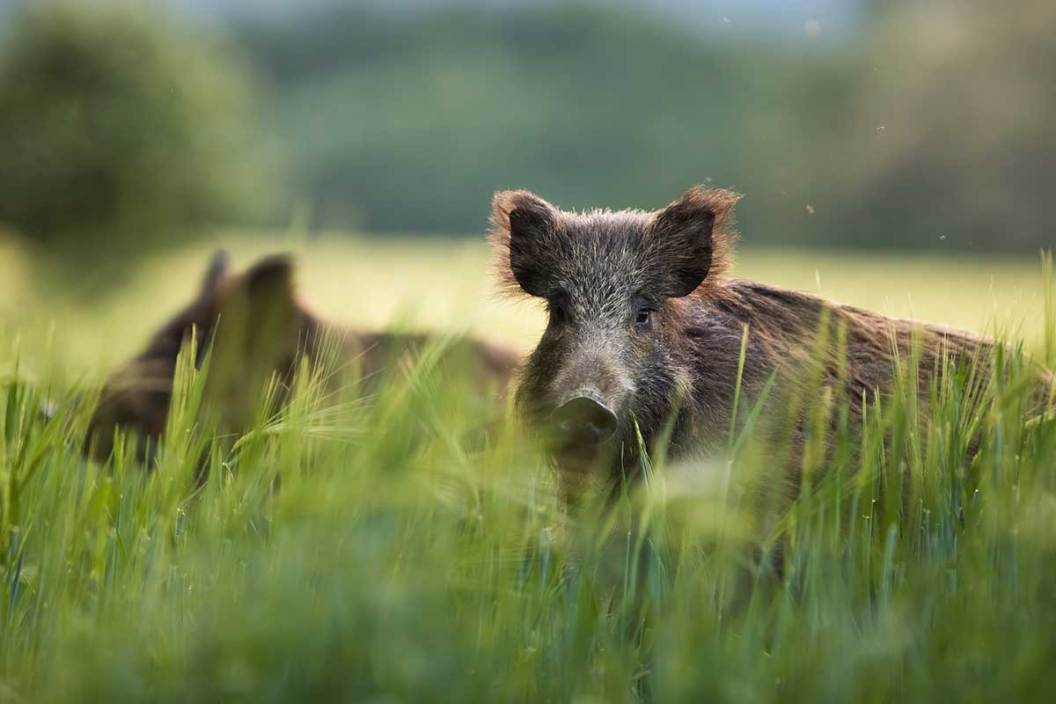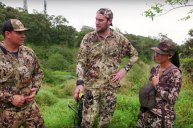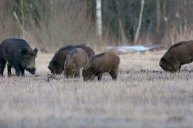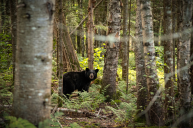When it comes to hunting, everyone has their favorite game animals that they like to chase. Many answers come to mind when you ask people what they love hunting for, or what their dream hunt might be. Many people put in for lottery draws to get tags or licenses, allowing them to hunt big game all over the country. Of course, there are animals that most hunters overlook, especially when it comes to archery hunting.
Hunters overlook these animals for various reasons, like general popularity, lack of opportunity, or the fact that the animal is a predator. For popular species, it is easy to find plenty of information about them and learn how other people hunt them with a bow. But if you want to bow hunt a less popular animal, that information is likely limited, and you will have to figure things out yourself. That is a barrier for many hunters.
It is also not surprising that folks would pass up the opportunity to bow hunt a large predator. An arrow is not an instant kill, and being within 30 yards of a wounded (and likely very angry) animal that can kill you sounds fairly scary to me. Still, the thrill gets some hunters to do it if they can draw a tag.
Let's take a look at some game animals that you might not know have an archery season that could be taken advantage of. It might just allow you to check off one of those dream hunts that is on your hunting bucket list.
1. Rabbits
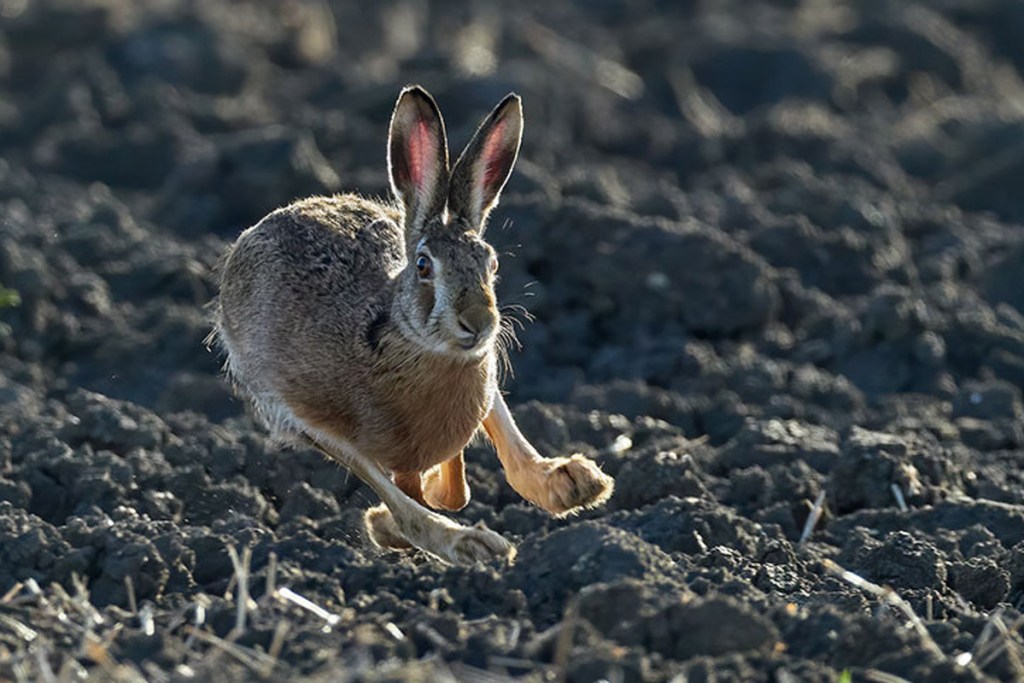
Most animals that fall into the small game category, like rabbits and squirrels, can all be hunted with archery equipment. Some people may learn this and scoff at it, but if you are a true archery enthusiast, hunting small game with the right archery equipment can be quite the challenge. It will definitely test your ability and skill as a hunter and an archer.
There is usually not a separate season for archery when it comes to small game. Most states allow small game to be taken with archery equipment during their regular seasons. When hunting small game with archery equipment, make sure that you have practiced on small targets and have the proper equipment. The standard 20 yard shots on your big square target won't cut it here. There are also specific "small game" broadheads to equip your arrows with.
Judo points have spring loaded tips to keep the arrow from lodging itself in a tree or unwanted targets. This allows for easy retrieval of arrows after being shot. There are also blunt tips which will kill any small game but, like the Judo points, not get lodged in wood or other vegetation. Nothing is worse than losing $50-$100 worth of arrows and tips to trees while hunting. If you are an avid archery hunter, there is nothing like taking practice and harvesting to the extreme by honing your skills on small game. Just make sure you have the right equipment and have the patience to make a good shot.
2. Wild Boar
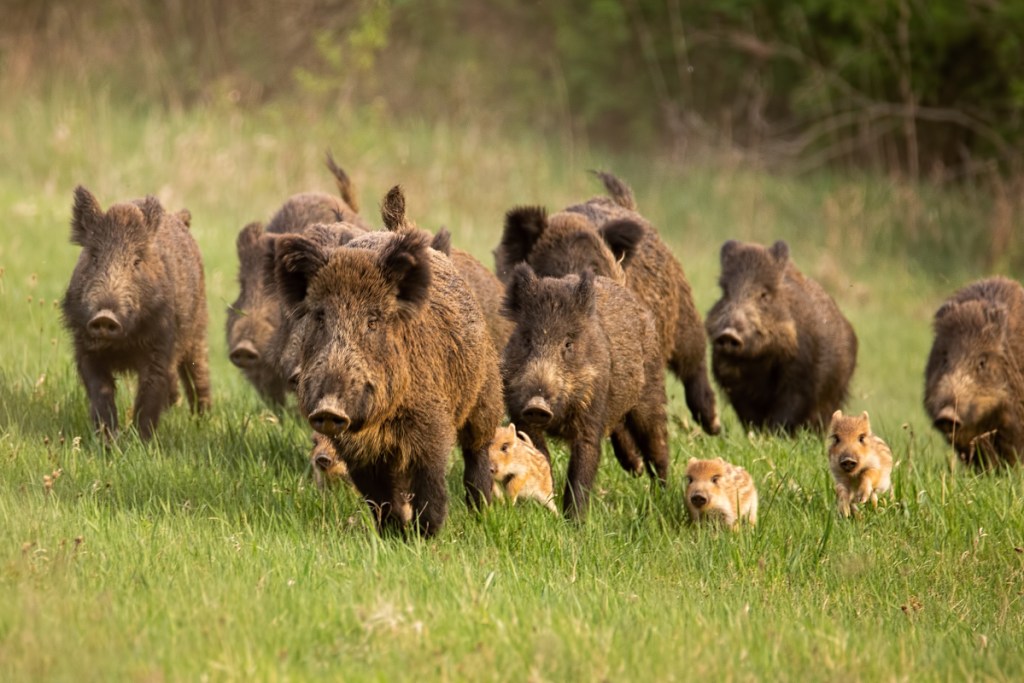
When it comes to wild boar or wild hogs, they are mostly viewed as pests. Any opportunity to hunt an invasive species that causes billions of dollars worth of damage to crops and habitat all over the United States is one to take advantage of. Many states, especially in the South, have open hunting seasons on these creatures with no bag limits. This leads many people to use high-powered rifles and tactics that allow them to harvest as many as possible in a short period of time.
Due to the relaxed rules and regulations that surround wild hogs, hunters can use almost any method they choose to take these animals. That includes archery equipment. Now, you might not be able to take as many hogs at once as you would if you were equipped with a rifle, but that is not why a lot of people take to archery to begin with.
Hunting wild hogs has its tough spots. These animals can be wary and aggressive, which means that it is much harder to get within good bow range. This adds to the difficulty of hunting these animals, much like hunting other big game. They are also extremely smart, much smarter than most dogs, and some studies even claim they are smarter than a three-year-old child. Their sense of smell is also better than a whitetail, so getting close to a hog and putting a good shot on it is no small feat.
3. Grizzly Bears

Bears are often overlooked when it comes to bowhunting simply because they can be dangerous. Hunting grizzly bears with archery equipment is mostly done in the western Canadian provinces and Alaska, but seasons are available in some of the lower 48 as well.
Many of these require you to hunt with a guide due to the dangerous atmosphere of pursuing these large animals in general. Grizzly bears are dangerous, so purposely putting yourself within reach is inherently dangerous in itself, but it is definitely thrilling.
Black bears are more known for archery season than grizzly bears are, but it's not often you hear of hunters bragging about bowhunting for black bears. Black bear hunting is more well-known in the eastern United States, and bowhunting for these large animals is a bit more popular than their western counterparts.
If you are planning to take your chances at hunting bears with archery equipment, we highly suggest talking to those who are very experienced or spending some money to go on a guided hunt to learn the ropes. Also, be sure that you are willing to obtain the archery equipment that you need to effectively hunt these animals. You don't want your arrow to bounce off of a bear 30 yards away from you.
Remember This
The three animals or categories we touched on above represent a wide range of experiences. These hunts range from a relatively safe hunt close to home to the extreme end of the spectrum that will likely put you within reach of predatory animals able to kill you in a matter of seconds.
If you are looking for more challenges in the realm of archery hunting outside of your typical game species, it's worth it to research animals that you can easily get tags for. Then start expanding your horizons. If you are a good whitetail bowhunter in the Midwest, I would not suggest jumping right into hunting bears out West. Take baby steps, and be sure that you are ready for the new challenges that less popular game animals bring with archery hunting.
Also, be sure that you are ready equipment-wise and practice-wise. The last thing you want to do is get into a situation that you are ill prepared for and turn your hunting trip into a giant disaster. Know the rules and regulations inside and out. Better to take the time to be over prepared than to be underprepared and pay the consequences for your mistakes.
